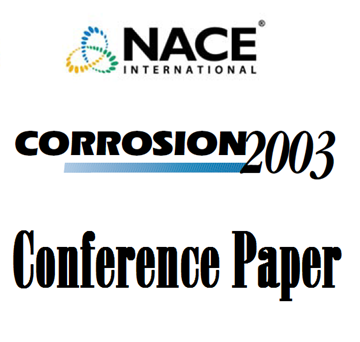Search
01236 FRACTURE OF AISI 4340 STEEL IN CONCENTRATED SODIUM HYDROXIDE SOLUTION
Also Purchased
03518 STRESS CORROSION CRACKING OF 304L STAINLESS STEEL IN SODIUM SULFIDE-CONTAINING CAUSTIC SOLUTIONS
Product Number:
51300-03518-SG
ISBN:
03518 2003 CP
Publication Date:
2003
$20.00
96544 SOME COMMON CORROSION MECHANISMS LEADING TO BOILER TUBE FAILURE
Product Number:
51300-96544-SG
ISBN:
96544 1996 CP
$20.00
96615 CRUDE UNIT CORROSION AND CORROSION CONTROL
Product Number:
51300-96615-SG
ISBN:
96615 1996 CP
$20.00




